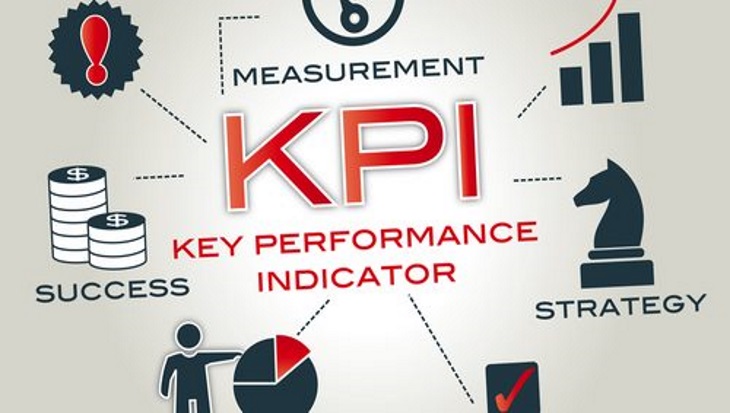Most colleges and universities of all sizes and types can no longer offer academic programs and administrative services that are not essential to their mission or their market focus. As a rule, programs outside this scope, often cannibalize the resources of top programs and endanger an institution’s financial viability.
When faced with a future or near-term budgeting shortfall, many higher education leaders often struggle with how to how to cut budget in a way that is academically responsible. As a result, many do across-the-board cuts. Robert C. Dickeson, the author of Prioritizing Academic Programs and Services: Reallocating Resources to Achieve Strategic Balance (Jossey-Bass, 1999) disagrees with this approach and notes:
“We need to come up with something a little more intelligent than an across-the-board cut. We can’t keep adding programs and expecting all the results to be exceptional. Resources are scarce so we have to allocate resources where our strengths are and where demand is greatest.” (Business Officer Magazine, July/August 2017)
Dickeson, who taught for 24 years and has worked with several hundred two- and four-year private and public institutions, recommends a seven-step assessment process:
- Readiness: Determine if the time is right for program prioritization
- Organization: Establish both a structure and process
- Data collection: Inventory, collect and affix data to prioritize demands
- Assessment: Analyzes program formats based on the data, coordinated with criteria, weights, and policy considerations
- Decision making: Communicate priority recommendations and decisions through appropriate levels
- Implementation: Execute decisions and plans
- Evaluation: Assess the effectiveness of the project
The percentage of institutions that apply the prioritization process has grown substantially because of federal and public calls for institutional accountability.
A March 2013 survey of over 100 higher education institutions by educational consultancy firm Academic Impressions found that:
Program prioritization should be executed as a consultative, transparent and evidence-based decision-making process. It is recommended that all reports originating from the process be made public through a variety of formats and channels, including online, in order to promote buy-in, participation and support. Colleges and universities need to take whatever steps they can to better understand, communicate and justify transparently the hard decisions necessary to survive and thrive, while preserving their core academic missions and identities.
Paper-based budgeting systems and spreadsheet software simply can’t process the financial information and deliver the data and formats that program prioritization efforts require.
Questica’s budgeting, performance and data visualization solutions deliver all of the necessary tools to undertake program prioritization, while also offering a high level of configurability and integration to a wide variety of financial, human resources and student information systems.
The Questica budgeting platform’s available ranking system is a useful way to determine which programs should receive top priority, while the ability to run unlimited “what-if” scenarios aids in an understanding of the impact of budgeting decisions.
Questica has been providing budgeting solutions to the public sector since 1998 and we currently manage public sector and non-profit budgets for over 600 North American customers. To find out how we can help you perform a data-driven, comprehensive analysis of programs, identify new opportunities, find efficiencies, and marry your institution’s budget and mission, schedule a demo of Questica solutions today.







